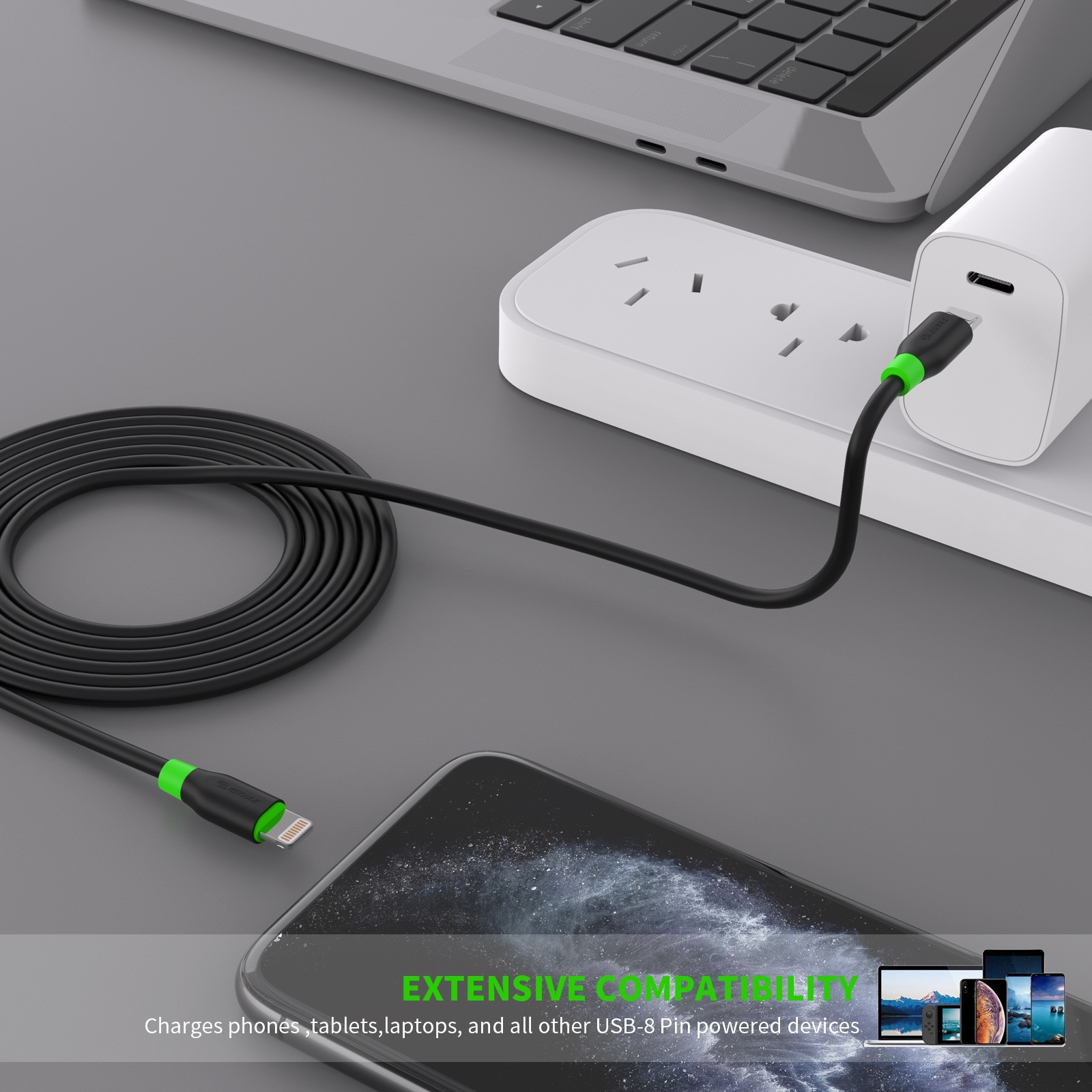


Play the game now! Worked Example: Calculating Current

What is the relationship between what you know and what you need to find out?.What data (information) have you been given in the question?Ĭonvert time in minutes to time in seconds by multiplying by 60.(Based on the StoPGoPS approach to problem solving.) Question: Calculate the quantity of charge (electricity), Q, obtained when a current of 25 amps runs for 1 minute.
Cl charge in coloumb free#
No ads = no money for us = no free stuff for you! Worked Example: Calculating Quantity of Charge (iii) electrolysis of aqueous solutions to extract an element:Įxample from industry: electrowinning of copper (ii) electrolysis of molten salts to extract a metalĮxample from industry: extraction of aluminium from bauxiteĮxample from industry: extraction of sodium from molten soduim chloride This equation can be used to determine the quantity of charge, electric current, or length of time required to run an electrolysis experiment such as:Įxample from industry: electrorefining of copper.This equation can be rearranged to calculate the time taken given the quantity of charge (electricity) and the electric current:.This equation can be rearranged to calculate the electric current given quantity of charge (electricity) and time:.Q = quantity of charge (electricity) in coulombs (C) The quantity of charge (or electricity) contained in a current running for a specified time can be calculated:.The amount of charge is given the symbol Q and is measured in units of coulombs (C). The amount of charge passing a point in an electric circuit depends on the electric current and the time the current is allowed to flow for.This flow of electrons is called an electric current.Ĭurrent is given the symbol I and is measured in units of amperes (amps, A). A galvanic cell (voltaic cell) produces a flow of electrons.You need to become an AUS-e-TUTE Member! Q = I × t : Quantity of Charge (Electricity) Calculations Chemistry Tutorial Key Concepts Want chemistry games, drills, tests and more? It follows therefore from these three tests, that the repulsive force that the two balls – electrified with the same kind of electricity – exert on each other, follows the inverse proportion of the square of the distance.Quantity of Electricity Chemistry Tutorial More Free Tutorials Become a Member Members Log‐in Contact Us Coulomb discovered that bodies with like electrical charges repel: The law states that the magnitude, or absolute value, of the attractive or repulsive electrostatic force between two point charges is directly proportional to the product of the magnitudes of their charges and inversely proportional to the squared distance between them. Coulomb's law was essential to the development of the theory of electromagnetism and maybe even its starting point, as it allowed meaningful discussions of the amount of electric charge in a particle. Although the law was known earlier, it was first published in 1785 by French physicist Charles-Augustin de Coulomb, hence the name. This electric force is conventionally called electrostatic force or Coulomb force. Coulomb's inverse-square law, or simply Coulomb's law, is an experimental law of physics that calculates the amount of force between two electrically charged particles at rest.


 0 kommentar(er)
0 kommentar(er)
